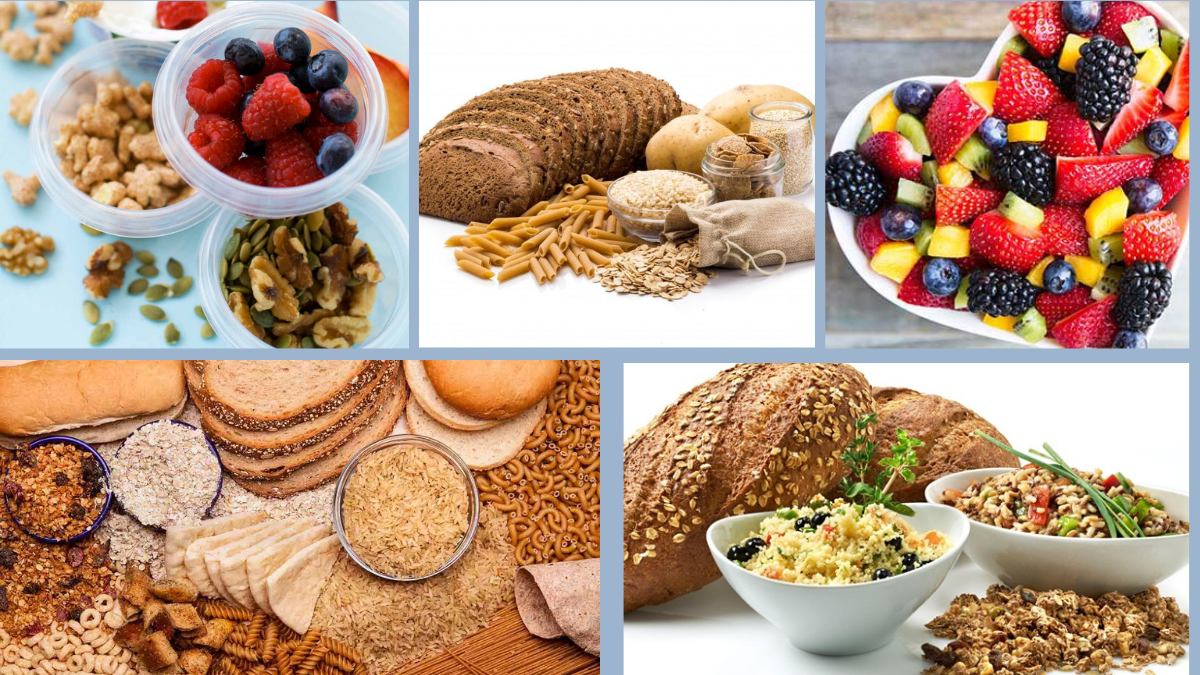.
Introduction: Why Gut Lining Health Matters

Your digestive system isn’t just a tube that processes food—it’s the foundation of your immune system, mental clarity, energy levels, and overall well-being. At the core of this system lies the gut lining, a protective barrier that separates the inside of your digestive tract from the rest of your body.
When the gut lining is strong and healthy, it allows nutrients to be absorbed while keeping toxins and harmful bacteria out. But when it’s compromised—a condition often called “leaky gut”—you may experience symptoms like:
- Bloating
- Brain fog
- Skin issues
- Food sensitivities
- Chronic fatigue
- Inflammation
One of the most natural, effective ways to support and heal the gut lining? A simple, ancient grain known as millet.
Meet Millet: The Gut-Loving Supergrain
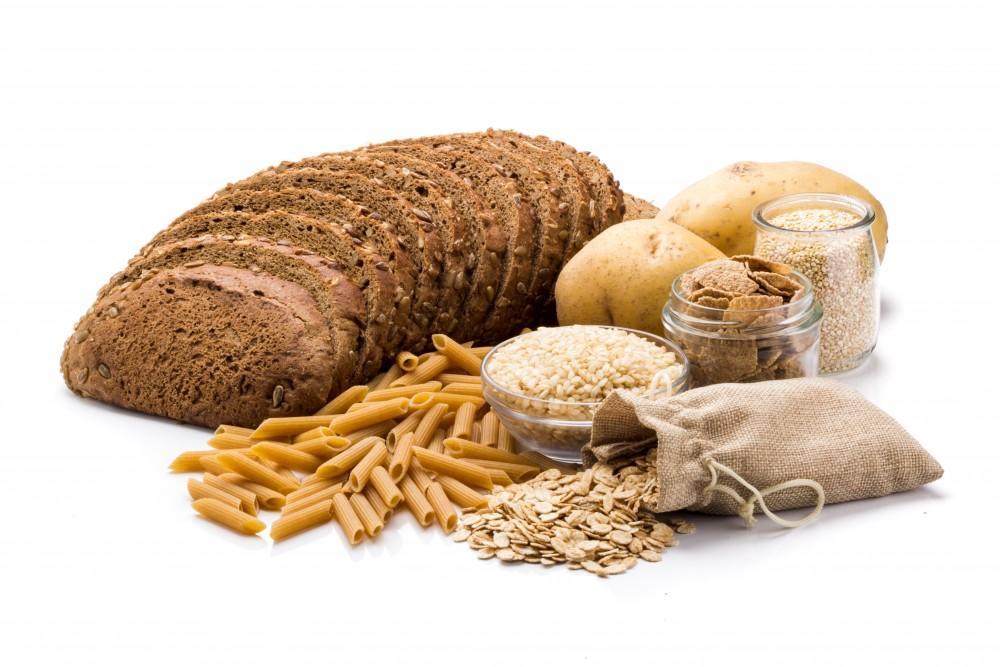
Millet is a small, gluten-free grain that has been a staple in Africa, Asia, and India for thousands of years. Unlike more processed or refined grains, millet is a whole grain—meaning it retains all parts of the grain, including the fiber-rich bran and nutrient-dense germ.
What makes millet truly special is its soothing, nourishing effect on the digestive tract. It’s gentle, easy to digest, and loaded with nutrients that actively support gut healing.
How Millet Supports Gut Lining Health
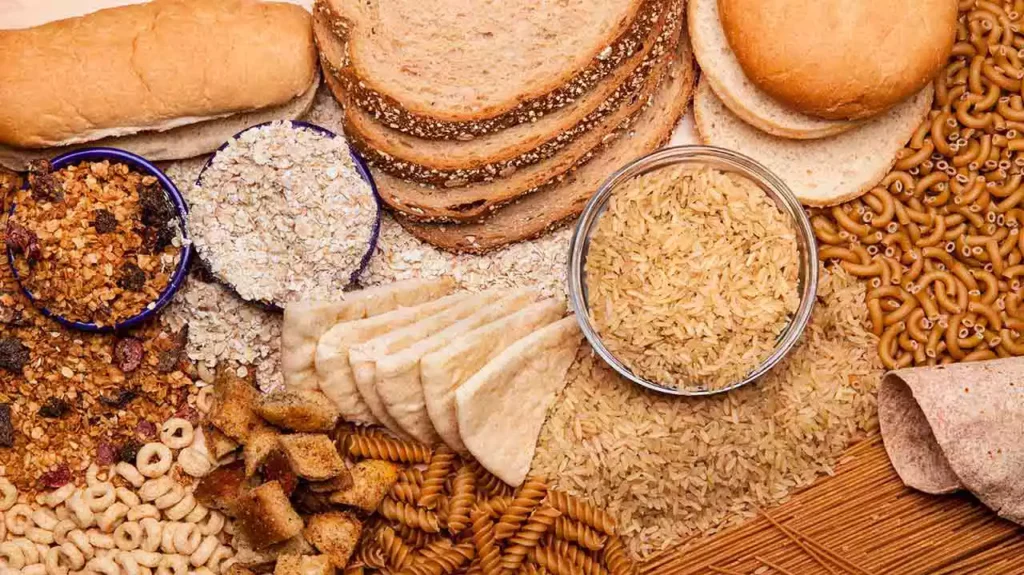
Let’s break down why millet earns its reputation as a gut-healing grain:
1. Rich in Soluble and Insoluble Fiber
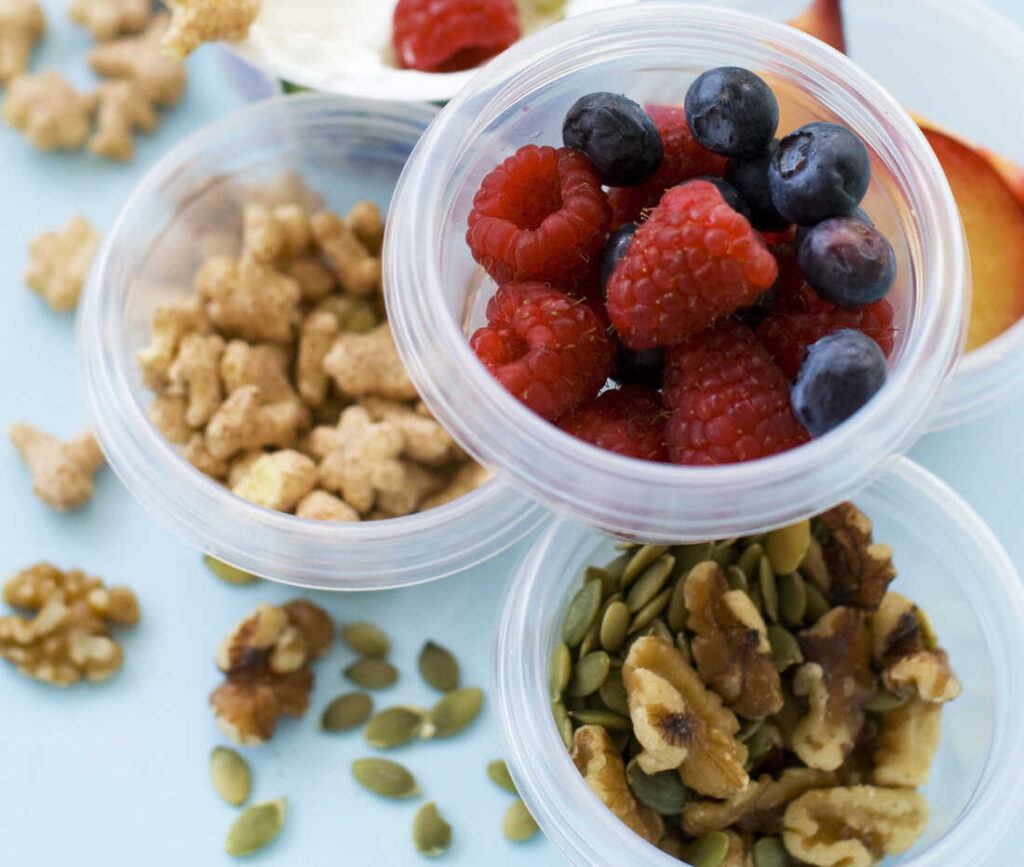
Millet contains a balanced mix of soluble fiber, which forms a gel in the gut and helps regulate digestion, and insoluble fiber, which adds bulk to stool and encourages regularity.
This combination:
- Promotes a healthy gut microbiome
- Supports smoother bowel movements
- Reduces inflammation in the intestinal walls
- Helps feed beneficial bacteria that protect the gut lining
2. Gentle on Sensitive Stomachs
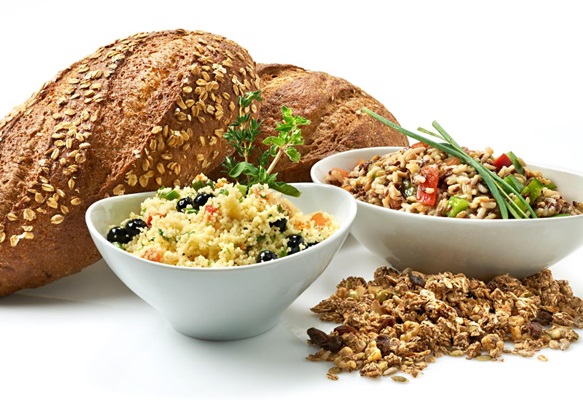
Many people with digestive issues (like IBS or leaky gut) find that gluten-containing grains cause discomfort. Millet is naturally gluten-free, making it an excellent alternative to wheat or barley.
It’s easy to digest, non-acidic, and less likely to irritate a compromised digestive system.
3. Alkalizing and Anti-Inflammatory
Unlike many acid-forming grains, millet has an alkalizing effect on the body. This is helpful for reducing systemic inflammation—which plays a central role in gut damage and chronic digestive disorders.
4. Packed with Essential Nutrients
Millet is rich in nutrients that directly support intestinal healing:
- Magnesium – calms muscles in the digestive tract, supports enzyme function
- Phosphorus – essential for cell repair and tissue regeneration
- B vitamins (like niacin and B6) – crucial for digestion and gut-brain balance
- Zinc – supports immune function and helps repair the gut barrier
How to Use Millet to Support Your Gut
One of millet’s greatest strengths is its versatility. It can be used in both savory and sweet dishes and is easy to prepare—even for beginner cooks.
Here are a variety of delicious, plant-based ways to incorporate millet into your diet:
1. Millet Porridge for Breakfast
Swap your oats for millet in a creamy, warming breakfast bowl.
How to make it:
- Simmer ½ cup millet with 1½ cups plant-based milk (like oat or almond milk)
- Add cinnamon, chopped apples, or mashed banana
- Stir in ground flaxseed or chia for extra fiber
This soothing meal calms the gut and keeps you full for hours.
2. Millet as a Grain Bowl Base
Millet makes a great alternative to rice or quinoa.
Try this combo:
- Cooked millet
- Steamed kale
- Roasted sweet potato
- Tahini-lemon dressing
- Sprinkle of hemp seeds
It’s high in fiber, anti-inflammatory, and deeply nourishing.
3. Millet “Mash” for Easy Digestion
Overcooking millet slightly turns it into a soft, creamy mash that’s ideal for irritated guts.
Perfect for:
- Post-antibiotic recovery
- Gentle meals after stomach upset
- Blending with carrots, ginger, or squash for a healing gut stew
4. Millet Burgers or Patties
Use millet as a binder in homemade veggie burgers with lentils, herbs, and chickpea flour.
These are satisfying, high in protein and fiber, and much gentler on the digestive tract than processed meat alternatives.
5. Stuffed Vegetables with Millet
Fill bell peppers, zucchini, or tomatoes with a mix of millet, chopped veggies, and spices.
This is a fun, colorful way to eat more gut-friendly vegetables and whole grains at once.
6. Baked Millet with Herbs
Cook millet with veggie broth, turmeric, garlic, and rosemary. Bake until golden for a delicious anti-inflammatory side dish.
Turmeric, in particular, pairs beautifully with millet for added gut-soothing benefits.
Millet vs. Other Grains: A Gut-Friendly Comparison
| Grain | Gluten-Free | Fiber Content | Digestive Impact |
|---|---|---|---|
| Millet | Yes | Moderate-high | Very soothing, gut-friendly |
| Brown Rice | Yes | Moderate | Mild, less nutrient-dense |
| Quinoa | Yes | High | Nutritious but may cause bloating for some |
| Wheat (whole) | No | High | Can irritate gut lining in sensitive individuals |
| Barley | No | High (with beta-glucans) | Not suitable for gluten-sensitive folks |
Tips for Getting the Most Gut Benefits from Millet
- Soak it first: Soaking millet for a few hours (or overnight) reduces phytic acid and makes nutrients easier to absorb.
- Chew well: Millet has a slightly crunchy texture, so chewing thoroughly helps digestion.
- Pair with healthy fats: Add olive oil, avocado, or nut butter to meals with millet to aid in nutrient absorption and soothe inflammation.
- Combine with fermented foods: Serve millet alongside fermented vegetables (like sauerkraut or kimchi) or drink a small glass of dairy-free kefir to boost your probiotic intake.
Common Questions
Q: Can millet cause bloating or gas?
A: Millet is usually well-tolerated, even by sensitive individuals. However, if your current fiber intake is low, increase millet gradually and drink plenty of water.
Q: How much millet should I eat daily for gut support?
A: Aim for ½ to 1 cup of cooked millet per day. Consistency is key—make it part of your regular meal rotation.
Q: Is millet okay for people with leaky gut or IBS?
A: Yes! Millet is often recommended on healing diets like the GAPS or low-FODMAP (in moderation) protocols due to its gentle, anti-inflammatory nature.
Final Thoughts: Heal from the Inside Out
When it comes to healing the gut lining, food truly is medicine. While there’s no magic fix, nourishing your body with gentle, nutrient-rich, anti-inflammatory ingredients like millet can help you rebuild gut strength over time.
If you’re struggling with digestion, inflammation, or simply want to optimize your plant-based lifestyle, millet is a must-try grain. It’s accessible, affordable, and deeply healing—and can easily become a delicious part of your daily routine.
Looking for millet-based meal plans or recipes tailored to your gut goals? Just let me know—I’d be happy to help you build one!
